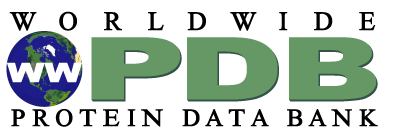March 24 is World TB Day
03/19
The discovery of streptomycin in 1944 provided the first effective treatment for tuberculosis. Ever since then, we have fought an escalating battle with bacteria using streptomycin and other aminoglycoside antibiotics. Researchers have discovered many natural aminoglycosides made by bacteria, and chemists have created entirely new antibiotics based on these effective natural defenses. In turn, bacteria have developed many different ways to protect themselves from attack by these antibiotics. These include molecular methods to control the entry of the drug into cells, pumps to eject drugs out of the cell, and enzymes that directly modify both the target of the drug and the drug itself.
Visit PDB-101 to learn more about Aminoglycoside Antibiotics, Aminoglycoside Antibiotics and Resistance, and Antimicrobial Resistance.
Visit the Centers for Disease Control and Prevention for more TB day resources.
Past news and events have been reported at the RCSB PDB website and past Newsletters.




